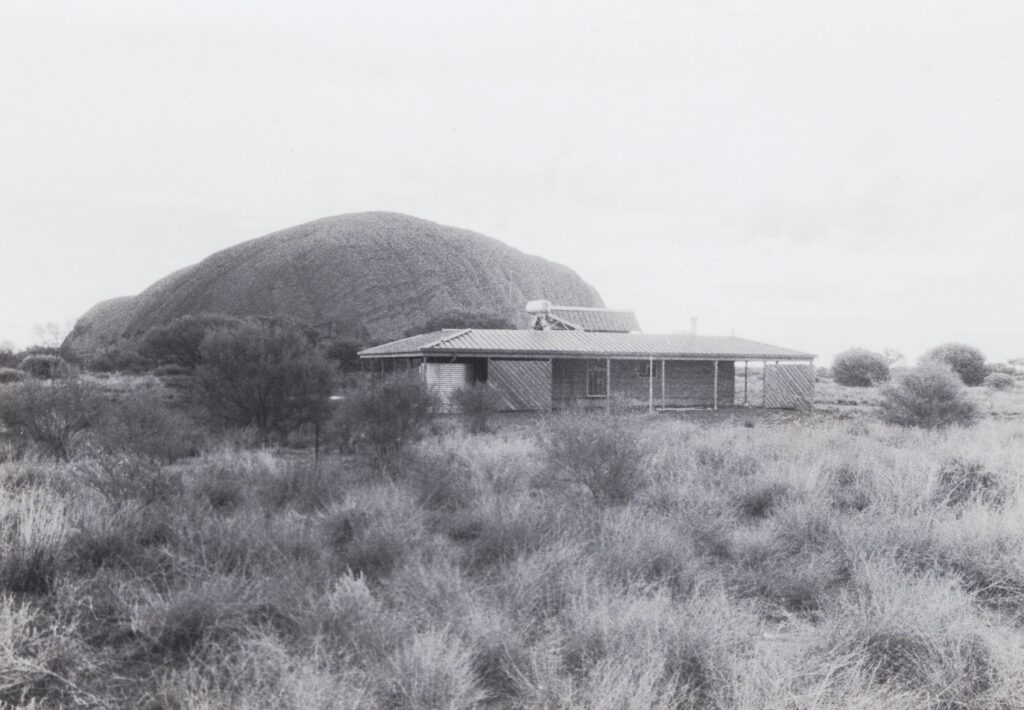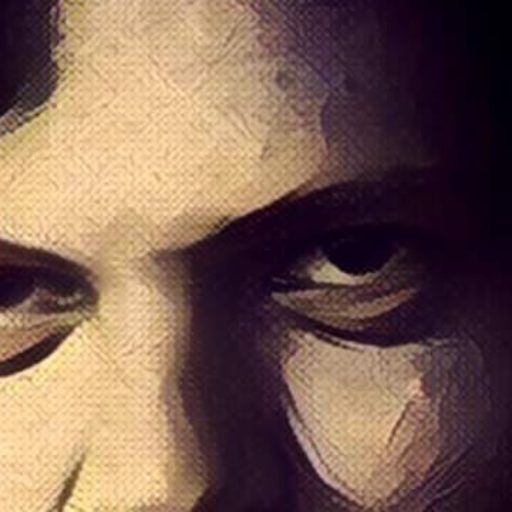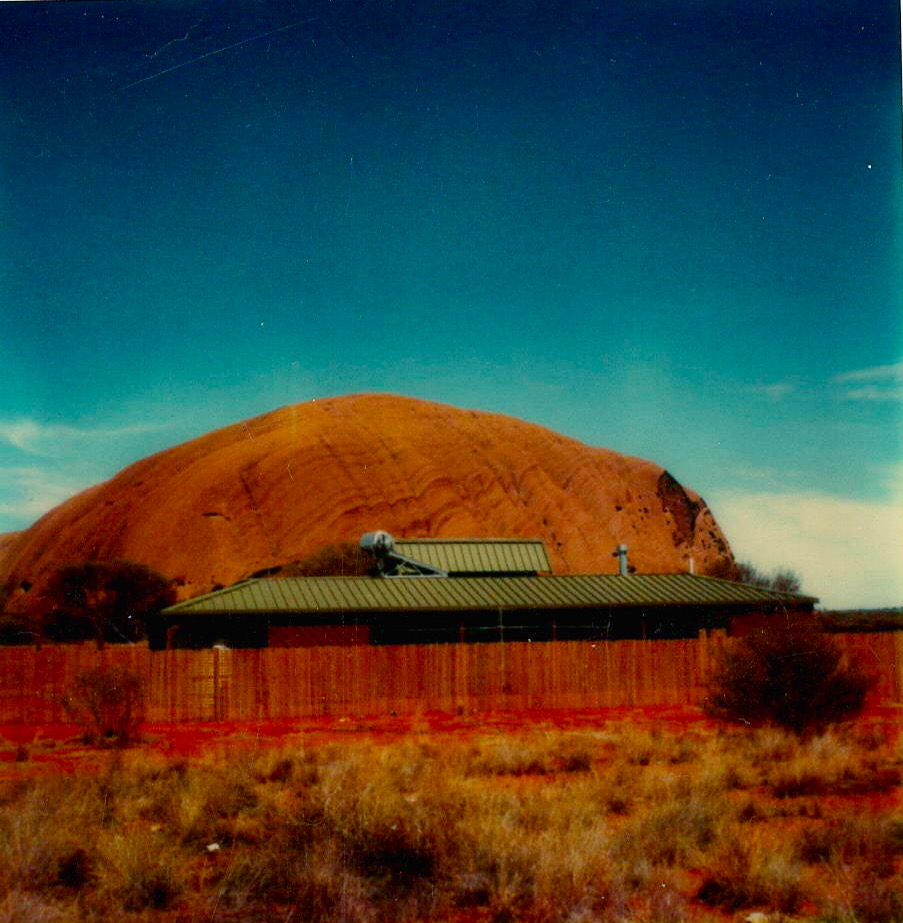About Wigleys Waterhole
In 1975, architect and painter Julian Wigley took a short posting to Alice Springs and never really came back. Chasing a way to make himself “useful,” he found himself designing houses and arguing for land with town campers, caught between bureaucracies, bulldust, and the politics of shelter.
From kids’ lessons on a homestead verandah, to night meetings under bough sheds, from Pine Gap’s shadow, to courtrooms, and creek beds, Wigleys Waterhole braids family, art, and architecture into a portrait of Central Australia at a turning point. This is a frank, funny, and furious account of what happens when a life in buildings collides with Country—and why the work still matters.
Publishing enquiries are welcome at this stage from reputable trade or independent publishers.
Link to my colonial past.
***
Updates on the illustrations for Wigleys Waterhole
Remembering the people I worked for, in drawn line and words.
The writing’s done (I say that carefully). Now for the illustrations: sorting photos and searching for matching negatives buried in ageing boxes. My drawings and diary sketches — some yellowed with time, others still waiting to happen.


Excerpt from Wigleys Waterhole — Chapter 10
… I met with the Uluru mob over several days, assisted by Ben Clyne from the CLC, to confirm the site of the prototype house and consult with the family who would live in it. I also checked on the use of the two earlier shelters. My first task was to confirm where people wanted to live once the title was granted, and to get a house built quickly before any attempt was made to move the community outside the park boundary …
More updates soon.
JW, October 2025

